This is the beauty and potential of rooflights and skylights in conserved properties. When done correctly, these installations provide a modern yet tasteful way to introduce natural light into historical homes without compromising their charm or character.
Understanding Conservation Rooflights for Heritage Properties
The UK boasts a remarkable architectural heritage, with approximately 379,558 listed buildings spread across its towns and countryside. These properties, while celebrating the past, often come with the challenges of their time, as well as strict governance. Narrow windows, thick walls, and dark interiors were practical in their era but could leave modern inhabitants wanting the light and warmth found in modern construction.
Conservation rooflights offer a unique solution to these issues. Integrating a carefully designed rooflight into your listed building can rejuvenate the space, bringing sunlight into previously gloomy areas. Whether it’s a living room, corridor, or an outdated bathroom, natural light transforms these spaces into more vibrant, welcoming environments.
For a deeper dive into the fascinating history behind these architectural gems, do check out the history behind the conservation skylight.
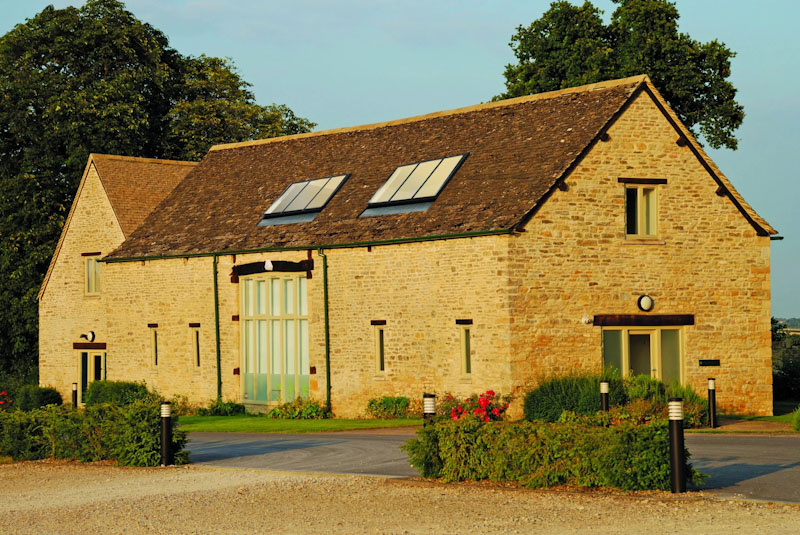
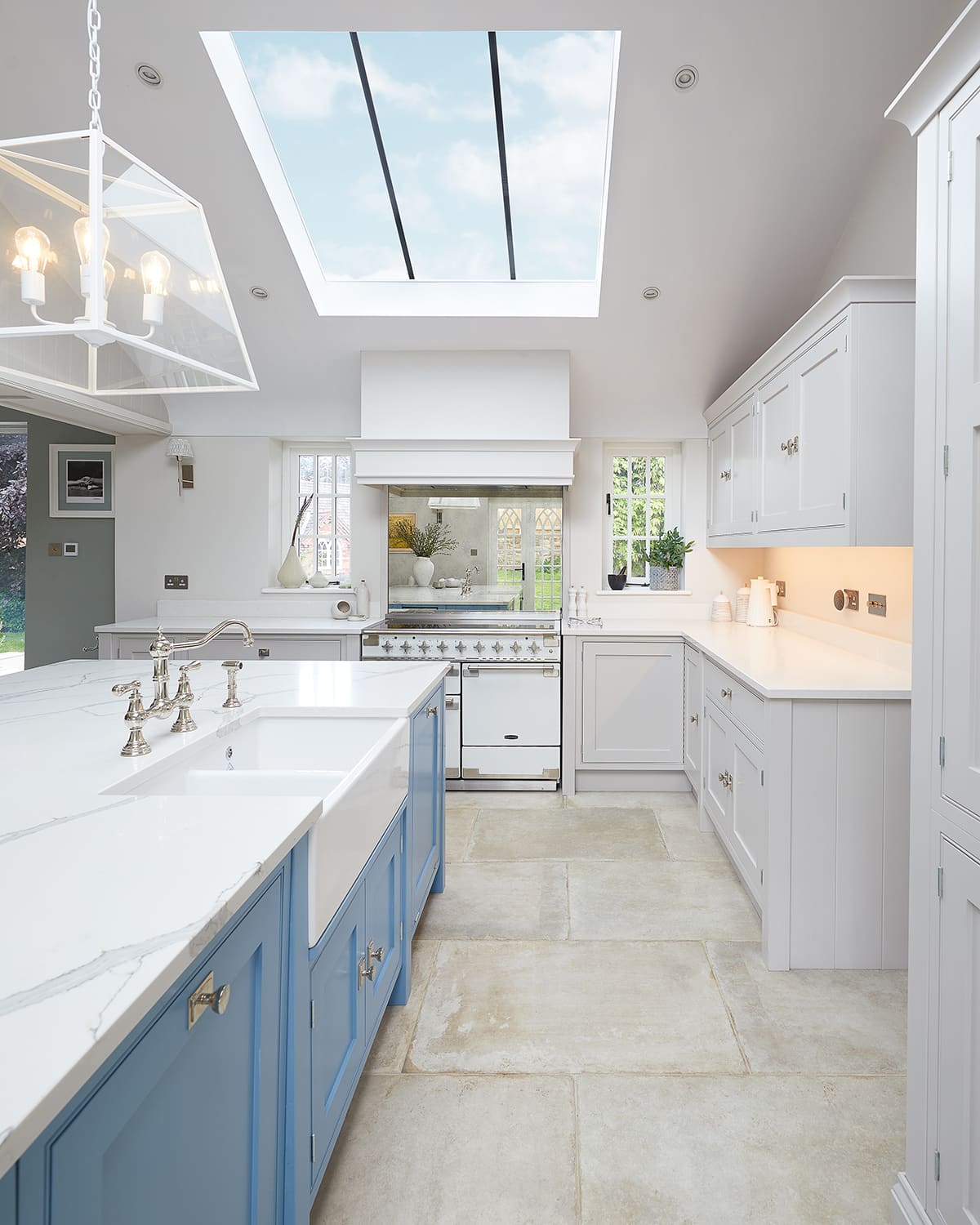
Why consider rooflights for listed buildings?
Preservation and Progress: Rooflights can seamlessly blend with the original structure, maintaining its architectural integrity while introducing contemporary benefits.
Energy Efficiency: High-performance glazing options ensure better thermal insulation, helping to reduce heating costs and environmental impact.
Aesthetic Enhancement: Tastefully designed rooflights enhance the overall appearance of a property, adding value and usability to the space.
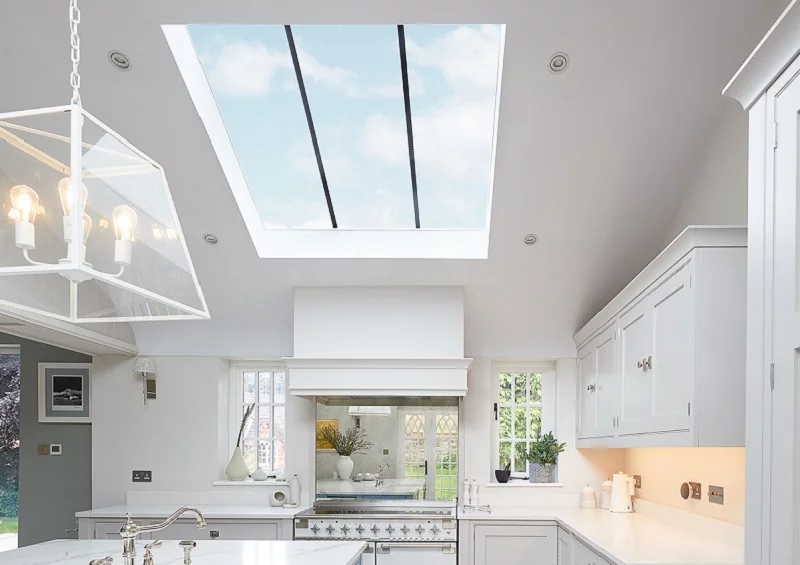
Key Features of Conservation-Style Rooflights
What sets conservation rooflights apart from standard skylights? Their charm lies in their ability to complement the period features of a building while providing all the benefits of modern design. Let’s delve into the standout characteristics that make them the ideal choice for heritage properties.
- Low-Profile Design
Our conservation rooflights are crafted to sit flush with the roofline , ensuring minimal visual impact. This discreet integration preserves the building’s original aesthetic, making the addition almost imperceptible to the untrained eye.
- Slim Frames and Central Glazing Bars
Inspired by traditional cast iron skylights, conservation rooflights feature sleek frames and central glazing bars. These design elements echo the vintage charm of historical properties while offering a clean, contemporary finish.
- Customisable Finishes
With a variety of colours available, conservation rooflights can be tailored to match your property’s roof materials—whether slate, clay tiles, or lead. This ensures a matching appearance that respects the building’s original palette.
- Modern Glazing Options
Behind their traditional exterior lies state-of-the-art technology. High-performance glazing options provide excellent thermal insulation and noise reduction, ensuring your home stays warm and quiet.
Navigating Regulations for Rooflights in Listed Buildings
Installing rooflights in a listed building requires careful consideration of planning and preservation guidelines. These regulations are designed to protect the historical and architectural significance of the property, ensuring that any changes are in keeping with its original character.
The Role of Local Planning Authorities
Your first step should be to consult with local planning authorities and conservation officers. They are the custodians of our architectural heritage and can provide invaluable guidance on the suitability of your proposed rooflight.
Listed Building Consent
Before any work begins, you’ll need to secure listed building consent. This process involves submitting detailed plans and specifications for the proposed alterations, including the type and placement of the rooflight. While the paperwork may seem daunting, it’s a vital step to ensure your project meets all necessary standards.
Working with Specialists
Engaging with experienced architects or contractors who specialise in heritage properties can make the process smoother. Their expertise can help you navigate the complexities of regulations and achieve a result that satisfies both modern needs and historical sensitivities.
Benefits of Installing Conservation Rooflights
With all this in mind, the advantages of conservation rooflights go beyond their aesthetic appeal. They offer practical benefits that enhance the comfort and functionality of your home while preserving its heritage value.
Increased Natural Light
Natural light has a transformative effect on interiors. By installing rooflights, you can light up areas that have long been shadowed, revealing the beauty of architectural details and creating a more inviting atmosphere. Add to this the value of natural light for your health and this investment is one not just for your property but your home life too.
Improved Energy Efficiency
Modern conservation rooflights are equipped with advanced glazing that minimises heat loss. This not only reduces your energy bills but also contributes to a more sustainable living environment.
Enhanced Property Value
A well-designed rooflight can increase the desirability of your property, appealing to prospective buyers who value both heritage and modernity. It’s an investment that pays dividends in both utility and market appeal.
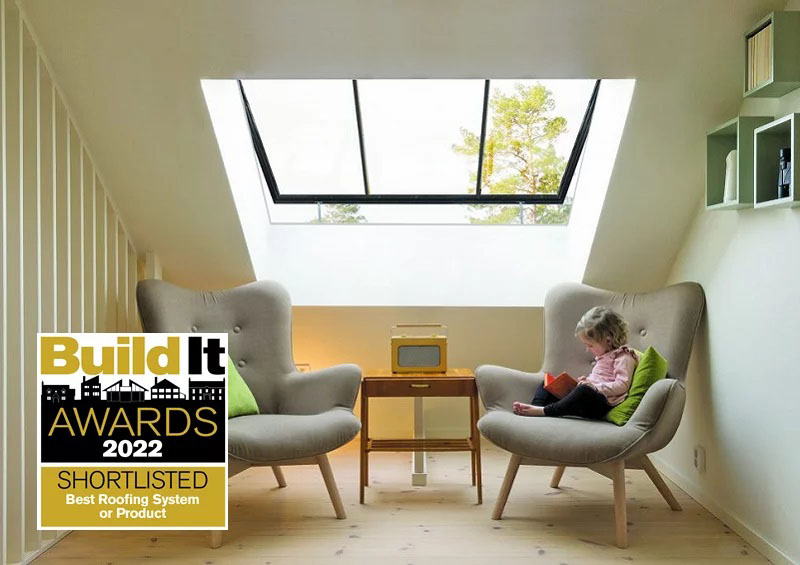
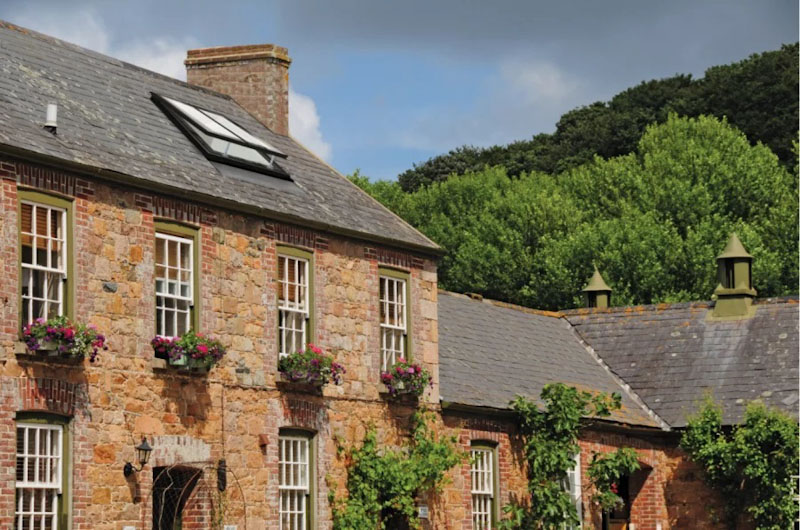
Choosing the Right Conservation Rooflight for Your Property
Selecting the perfect rooflight for your listed building requires careful consideration of several factors. Here’s a guide to help you make an informed choice.
Roof Pitch and Placement
The angle of your roof will influence the type of rooflight you can install. Steeper pitches may require specific designs to ensure a seamless fit and optimal performance.
Glazing Options
Depending on your insulation and acoustic needs, you can choose between double or triple glazing. Triple glazing offers superior thermal performance, ideal for properties in colder climates.
Customisation
From colour finishes to bespoke sizes, conservation rooflights can be tailored to meet your specific requirements. This ensures a harmonious integration with your property’s existing features.
Illuminating the Future of Heritage Properties
Conservation rooflights are more than just a practical addition to listed buildings, they are a testament to bringing together historic preservation with modern innovation. By choosing the right rooflight, you’re enhancing your property’s functionality and contributing to the legacy of architectural heritage.
Every decision—from design to installation—reflects your commitment to preserving the past while embracing the future. Your listed building, and generations to come, will thank you for it. For more information, contact our team today.
